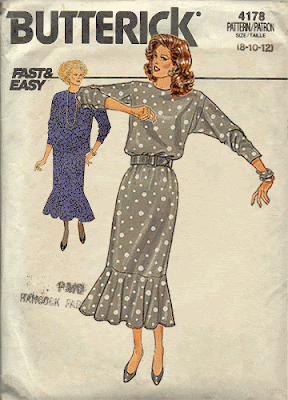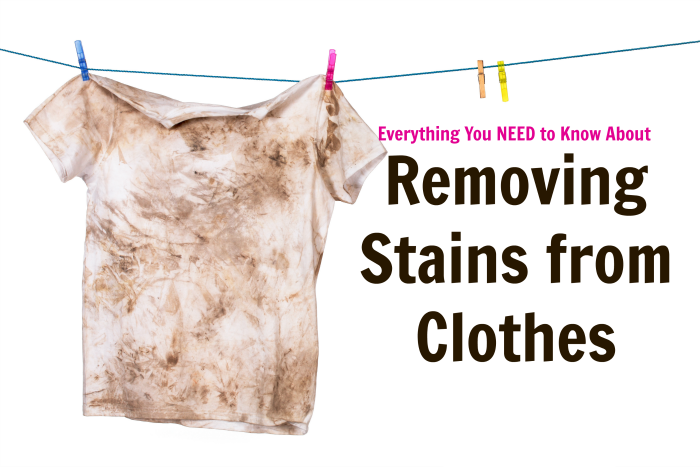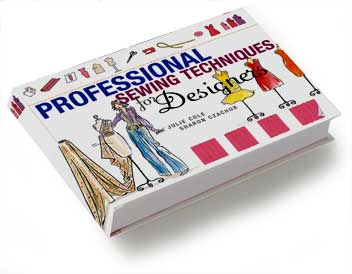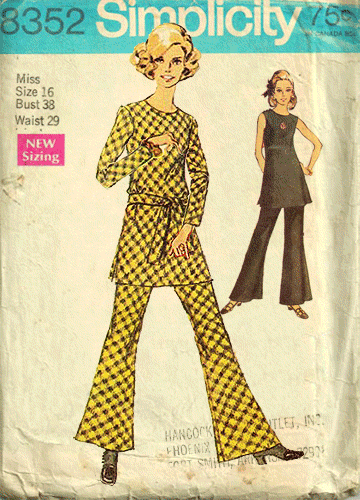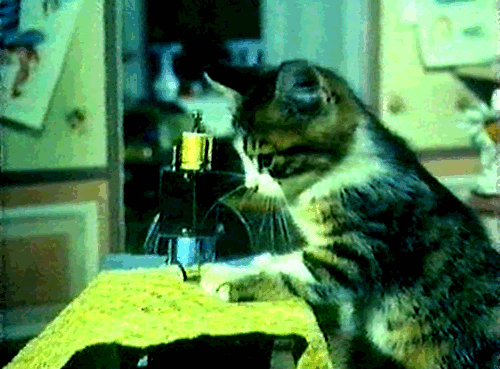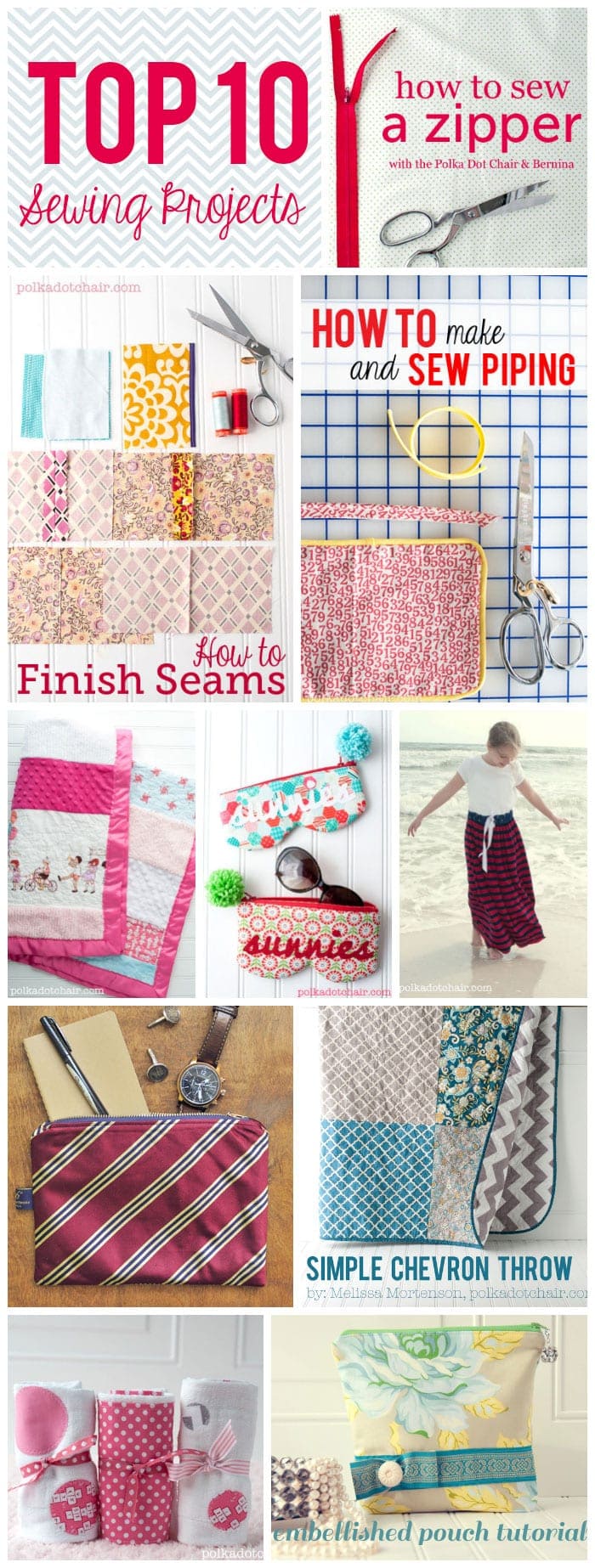Tired of clothes that don't quite fit
or that aren't as tailored as you'd like?
Perhaps you want to learn how to use a sewing machine
or take on something a bit more challenging?
Learn how to do alterations , customize your own wardrobe!
Whether you want to learn or need help with dressmaking or furnishing item's
Then read on....
Start Stitching
&
Save Money!
in order to keep you inspired and our passions alive,
we have searched high and low to bring you lots of budget-friendly
Free ideas, projects and tutorials to keep you stitching everyday !
Never sewn a stitch in your life? No problem, learn and master the fundamentals to get you sewing today!
EQUIPMENTS!
Getting the right tool's for the job can make sewing more successful and enjoyable.

the desire is to get every one of them just in case but there with time and experience
Do I hear you ask? It’s that really important?
Can I use the same ones?
Of course you can. It’s all preference. I love the very thin pins (0.5mm) and I will use this every time I pin fit a garment as they are very easy to pin as thei are so sharp ( watch to not scratch your body) and they do very little damage in the fabric. They also can be pressed in so no removing pins to press, but there are times when you are quilting you need a pin long enough to hold 3 layers, and also once you are laying pattern on fabric to cut. You want to cover a lot of space with minimal pinning.
make yourself one!
The range of needles used for hand-stitching varies in size, length and point shape. The most common needles are known as sharps. Specialized tasks are catered for by specific needles in a variety of lengths and widths. When choosing a needle, be guided by the structure and weight of the fabric and the thread being used. There are many chapters of sewing books about choosing the right ones. I will develop more in this subject later . I have those pebble style cases and they seen to do the job well for me. These are relative inexpensive and you can get a special size in case you need one.
One good quality fabric scissors and a stitch ripper are a good start
It’s all personal opinion ok!
We need to measure our bodies; hems, in truth they are required each time a garment is made up.
There are many brands but if you are serious about drafting your patterns you need to get a selection of them. They normally come in packages.
by 90%.
Thread racks - make your own

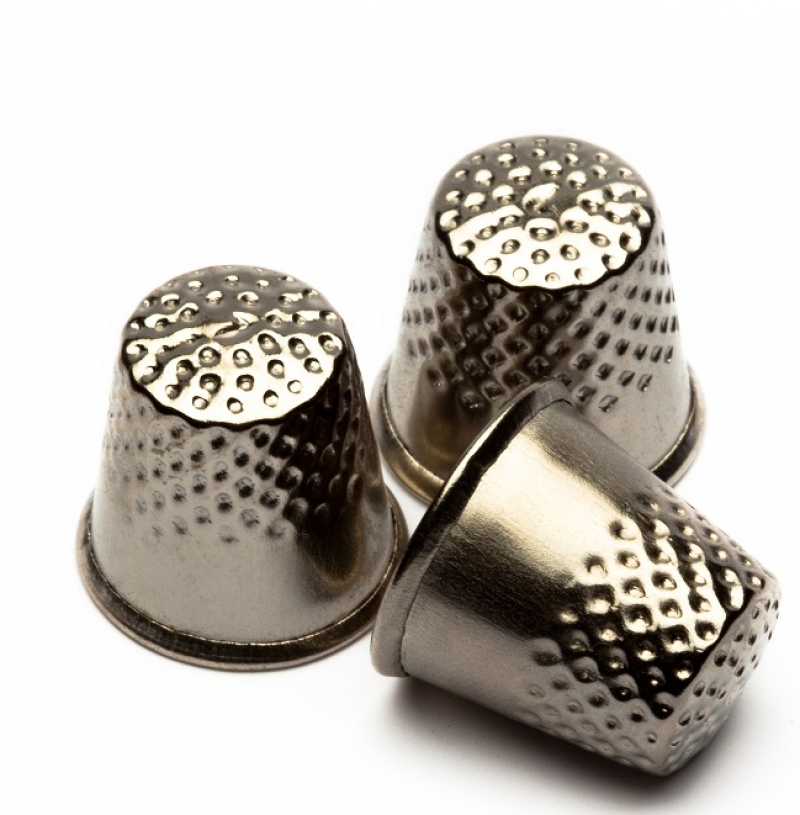
Dressmakers dummies:
sewing without a dummy! never
Its very hard to sew at home and not be able to adjust the back. Have you ever tried to ask your partners to help? Disaster to happen! But their price is expensive for the time you really use them.

(Just press with LOW iron set (don’t let get wet- turn off your steamer of take all the water off your iron) on your pattern once you have make the correct alterations)
Sewing is a whole art. And like any art, it needs special tools to be properly carried out. It's not just about needle and thread, you also have to cut, press, measure and fit. There are special tools that'll make these tasks easier and faster.
Most fabric stores sell beginner's kits that include everything you'll need for your first couple projects. You can even get them online. You can also buy your notions separately.
Besides your basic tools, you'll need a pretty box or basket to put them in. This will help you stay organized and have everything ready to use. Make sure it's large enough to fit all your notions, but leave some extra room.
You'll be adding to it regularly as you become more advanced.
- See more at: http://www.sew-it-love-it.com/sewing-equipment.html#sthash.iHrl9xRz.dpufSewing is a whole art. And like any art, it needs special tools to be properly carried out. It's not just about needle and thread, you also have to cut, press, measure and fit. There are special tools that'll make these tasks easier and faster.
Most fabric stores sell beginner's kits that include everything you'll need for your first couple projects. You can even get them online. You can also buy your notions separately.
Besides your basic tools, you'll need a pretty box or basket to put them in. This will help you stay organized and have everything ready to use. Make sure it's large enough to fit all your notions, but leave some extra room.
You'll be adding to it regularly as you become more advanced.
- See more at: http://www.sew-it-love-it.com/sewing-equipment.html#sthash.iHrl9xRz.dpufSewing is a whole art. And like any art, it needs special tools to be properly carried out. It's not just about needle and thread, you also have to cut, press, measure and fit. There are special tools that'll make these tasks easier and faster.
Most fabric stores sell beginner's kits that include everything you'll need for your first couple projects. You can even get them online. You can also buy your notions separately.
Besides your basic tools, you'll need a pretty box or basket to put them in. This will help you stay organized and have everything ready to use. Make sure it's large enough to fit all your notions, but leave some extra room.
You'll be adding to it regularly as you become more advanced.
- See more at: http://www.sew-it-love-it.com/sewing-equipment.html#sthash.iHrl9xRz.dpufA Guide to Removing Wine, Blood, Lipstick and other Stains!
Did applying your makeup this morning result in ruined dress? Did a hot dog lunch cause a ketchup spill on a white blouse? Or did the beginning of spring result in a child's wardrobe covered in grass stains? The good news is none of these incidents means tossing a favorite piece of clothing or furniture! All of these stains can be successfully treated. The most successful stain treatments are applied quickly and are targeted to deal with the individual stain. The best way to remove a wine stain isn't the best way to remove a blood stain. The following guide provides tips for dealing with almost every kind of stain a person and their family will encounter.
Adhesives: Apply ice anywhere that feels sticky, this will cause the adhesive to harden. Scrape the adhesive off the fabric with a butter knife. Apply stain remover. Rinse the remover away, and then launder regularly.
Baby Formula: Treat the stain with a stain remover containing active enzymes. Let soak for a minimum of 30 minutes before laundering.
Baked Beans: Turn the fabric inside out and rinse with cold water. Return the material so that the stain is facing outward and brush in liquid detergent using up/down brush strokes. Rinse, sponge the stain with white vinegar, and re-rinse. Repeat these steps until as much of the stain as possible has been removed, and then launder with a color safe bleach.
Barbeque Sauce: See baked beans. If the stain persists after washing, do not place in dryer. Instead, rub in detergent and soak using warm water for 30 minutes or more before washing for a second time.
Beverages: Sponge on/soak in cool water and pretreat with liquid laundry detergent. Wash using sodium hypochlorite bleach or oxygen bleach, depending on fabric type.
Blood: For fresh stains, soak using cold water and then launder. For dried in stains, soak using warm water with an enzyme-containing laundry product before laundering.
Bodily Fluids: Soak in an enzyme-contain product and then wash with sodium hypochlorite bleach or oxygen bleach, depending on the type of fabric.
Brown / Yellow Discoloration: Don't use bleach. Instead, use a rust removal product that is safe for fabrics, and then launder typically.
Butter: Treat with stain remover; then wash using the hottest water the fabric can withstand safely.
Candle Wax: Let the wax cool. Use a dull butter knife to remove surface wax. Place paper towels on either side of the stain and apply a warm iron. Change out the paper towels to keep the wax from transferring. Now put the fabric stain-side down on more paper towels. Sponge the back of the stain with stain remover. Blot with paper towels, and then launder using either sodium hypochlorite bleach or oxygen bleach, depending on fabric type, to remove any discoloration.
Chocolate: Remove any pieces of chocolate. Soak the stain in cool water. Apply stain remover. Wash using the hot water, remaining aware of the fabric type.
Collar / Cuff Soil: Pretreat using a stain remover or liquid detergent before laundering normally.
Coffee / Tea: Sponge stain with cool water. Apply an enzyme-containing product to older stains. A standard stain remover will work for fresher stains. Launder normally, using a sodium hypochlorite bleach or oxygen bleach, depending on fabric type.
Cosmetics / Lipstick: Pretreat with a stain remover, or rub a bar of soap on the stain. Wash as usual.
Crayon: See candle wax. Alternatively, dampen the crayon stain before gently rubbing it with a bar of soap. Launder using the hottest water safe for the fabric.
Dairy Products: Use an enzyme-containing laundry product and soak for 30 minutes or longer. The older the stain, the longer it will need to soak. Wash as directed.
Deodorants: Treat with a stain remover. For light stains, launder as usual. For heavier stains, wash using an oxygen bleach product.
Dye Transfer: Use a premade color removal product and follow the direction of the product. Wash normally. If any stain remains, wash using either sodium hypochlorite bleach or oxygen bleach.
Egg: Remove any debris, and then soak for 30+ minutes in an enzyme-containing laundry product before washing normally.
Fabric Softener: Dampen the stain before gently rubbing it with a bar of soap. Rinse the soap, and then launder as directed.
Fruit Juices: Launder with color safe bleach. Some fabrics require the use of oxygen bleach.
Grass: Soak in an enzyme-containing laundry product for at least thirty minutes before washing with bleach (sodium hypochlorite bleach or oxygen bleach, as directed by the item's care label).
Grease and Oil: Light stains are treated by applying stain remover before laundering in the hottest water the fabric can safely withstand. Heavier stains should be placed face-down on paper towels before applying laundry soap to the back of the stain. Change out the paper towels frequently. Rinse thoroughly before washing in the hottest water safe for the fabric type.
Ice Cream: Soak in an enzyme-containing laundry product for thirty minutes or more before washing in warm water (the warmest water safe for the fabric).
Ink: There are a couple of options for removing ink. The simplest is to pretreat with stain remover before washing regularly. For more intense ink stains, stretch the fabric tautly over the mouth of a jar. Drip denatured alcohol onto the stain. It will remove the ink and fall into the jar below. Once the ink is no longer visible, thoroughly rinse the stain and then launder as usual.
Ketchup: Carefully remove excess ketchup without pushing it further into the weave of the fabric. Run cold water over the back of the stain until the ketchup is removed. Launder normally.
Lipstick: Lipstick stains on napkins can be treated by placing the napkin stain-side down on a stack of paper towels and dabbing rubbing alcohol on the back of the stain. The alcohol will dissolve the lipstick onto the paper towels below, which should be changed frequently during the stain removal process.
Maple Syrup: Let the syrup harden; then remove excess syrup using a blunt, hard object. Turn the stain over and flush with cool water, slowly working up to flushing it with warm water. Apply stain remover and then rinse well before washing as normal.
Mayonnaise: Use a stain remover before washing in the hottest water the fabric can safely withstand.
Mildew: Launder using bleach (either sodium hypochlorite bleach or oxygen bleach, as determined by the fabric) in the hottest water safe for the fabric type of the item.
Mud: Let dry, and then scrape off as much as possible. Treat light stains with liquid detergent before washing as usual. Heavier stains will require a presoak with an enzyme-containing laundry product before washing.
Mustard: Rinse with cold water before applying a stain treatment. Launder in the hottest water safe for the fabric type. Use chlorine bleach if it is safe for the fabric type of the item.
Nail Polish: Nail polish remover is often useful in removing polish stains, but cannot be used on acetate or triacetate fabrics. Place the stain on paper towels and apply the remover to the back of the stain. The paper towels will have to be replaced during the process. Rinse the fabric before washing as usual.
Paint: Water-based paint stains can be treated by rinsing using warm water before laundering as usual. Oil-based paint stains should be treated using the thinner indicated on the paint can. Rinse. Rub a bar of soap over the stain. Rinse again, and then launder normally.
Perfume: Treat with liquid laundry detergent before laundering as normal.
Perspiration: Rub the stain with bar soap. Wash the item using the hottest water safe for the fabric type.
Pine Resin: Sponge dry-cleaning solution over the stain. Mix up one cup of liquid detergent with a few ammonia drops. After the dry-cleaning solution dries, soak the stain in the detergent/ammonia mix for half an hour. Use liquid laundry detergent in the washing machine.
Scorch: A regular wash cycle using sodium hypochlorite bleach is best for bleach-safe fabrics. Otherwise, mix oxygen bleach into hot water and soak the cloth before washing normally.
Shoe Polish: Pretreat liquid shoe polish stains with a paste made of powder laundry detergent and water. Paste shoe polish stains should have any debris removed before being pretreated with a stain remover. Rinse, then apply liquid detergent. Include fabric safe bleach in the wash cycle.
Soft Drink: Soak the stain in cool water for at least half an hour. Apply stain remover. Wash, using bleach if safe for the fabric.
Tar: Remove debris from fabric. Place the stain over paper towels. Sponge the back of the stain with cleaning fluid. Replace the paper towels as needed. Use the hottest water (as directed by the fabric type) when washing the item.
Tobacco: Dampen lightly before rubbing the stain with a bar of soap. Soak in a laundry product containing enzymes. Wash normally as directed.
Typewriter Correction Fluid: Let the stain dry thoroughly before brushing off as much as possible. Take the item to the dry cleaners and let them know what kind of stain the item has.
Watermelon: Watermelon stains are hard to treat because they are hard to see, at least until a hidden stain permanently discolors the fabric! Wash any item thought to have watermelon stains in the hottest water safe for the fabric type.
Wine: Start by sponging the stain with cool water. Apply stain remover; wash as normal. Add bleach if the fabric is rated for chlorine bleach.
Wood Stain: There are a few wood-based stain options. Water-based wood stains should be sat face down on paper towels, and then the back should be blotted with an acetone-dipped white rag. For oil-based wood stains, use mineral spirits instead of acetone. Thoroughly rinse and then wash as usual.
Credit to Anna and the Girl Scouts of central and Western Massachusetts.
Additional Resources:
- How to Get Stains Out of Almost Anything - NBC News offers suggestions on how to remove blood, wine, pet urine, and other hard to remove stains.
- Stain Removal Guide - The American Cleaning Institute compiled a comprehensive stain removal guide.
- How to Remove Every Type of Stain, in One Simple Chart - A bright, easy to read infographic compiles 15 years of Real Simple's cleaning advice into one easy to read chart.
- How to Remove Laundry Stains With Vinegar - Looking for an inexpensive, natural stain remover? Vinegar might be the solution. This article examines the ways vinegar can be used to combat laundry stains.
- How To Spot Clean Old or Set-In Upholstery Stains - Most upholstery cleaning guides stress the importance of cleaning stains and spills immediately. But what if that's not possible? This guide walks you through your next best stain offensive.
- How to Clean a Fabric Sofa - The professional cleaners at Merry Maids produced this guide to cleaning fabric sofas and other upholstered furniture.
- Is Baking Soda the Best Way to Clean Your Couch? - Baking soda is cheap and easily accessible; this article examines if it's an acceptable way to clean your sofa.
- How to Get Those Water Spots Off Anything and Everything - Do you have water spots on your clothing or upholstery? Experts interviewed by The Today Show offer ideas on how to remove them.
- How to Clean Gross Stains Off Any Mattress - Mattress stains happen. This guide offers detailed advice on how to deal with the grossest stains so you can sleep soundly.
- How To: Clean Mattress Stains - Spray bottles, a vacuum cleaner, dishwashing liquid, and baking soda are some of the everyday household items turned mattress stain fighters outlined in this article.
- How to Remove Every Type of Carpet Stain - Spills are going to happen, and this sensible guide gives ideas on how to use common household cleaners to best clean each different type of stain.
- Cleaning Natural Fiber Rugs - Natural fiber rugs like seagrass and jute are trendy. Check out this guide for tips on how to remove (and prevent) stains on a natural rug.
- How to Remove Stains from Cashmere - Did you visit a wine cellar in your favorite cashmere sweater and come back with a large red wine stain? This guide explains how to neutralize the tannins and save the sweater.
- How to Wash Wool - Country Living discusses how to treat a variety of stains on wool fabric, and the best ways to wash wool clothes.
- How to Wash Silk - Unsure if dry cleaning, presoaking, or spot treatment is the best for silk? Check out this guide to determine the best way to remove stains from silk clothing.
- Removing Water Stains from Embroidery - Stains on antique handiwork are scary, because how to remove the stain without damaging the item? The American Library Association has tips.
- Stain Removal - The Smithsonian's Conservation Institute offers tips on how to remove stains.
- How to Get Stains Out of Linen Tablecloths - Tablecloths are vulnerable to a variety of stains; this guide for linen tablecloths helps maintain the tablecloth use after use.
- How to Treat Tablecloth Stains - Better Homes and Gardens analyzed a variety of food and drink stains and came up with the best way to treat stained tablecloths.
- How to Clean Your Car's Upholstery - Spilled coffee, dropped ice cream, or melted lipstick marring a car's upholstery doesn't mean the vehicle is destroyed. Advance Auto Parts shares the best way to remove stains and clean the interior of your car.
